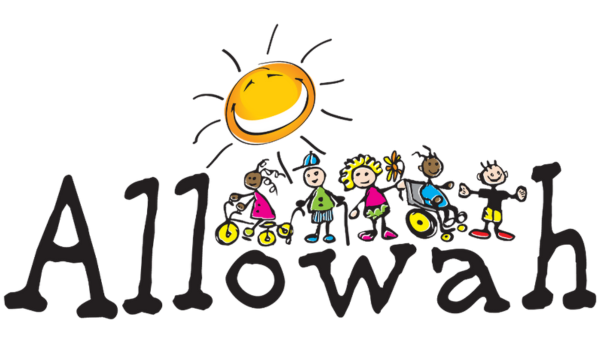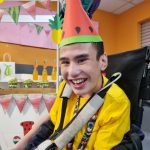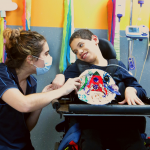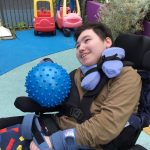Massage has been proven to be extremely beneficial for children with all sorts of disabilities or special needs. It is great for every element of a child’s well-being; emotional, social and physical. For thousands of years, massage has been used to relax and comfort. One of the fundamental ways that humans communicate and connect is through touch and massage is a safe place for children with disabilities to experience this.
Physical Benefits
Massage is used by people from all walks of life, from professional athletes to everyday people, it benefits everyone. Children with disabilities are no exception. Massage is a great, gentle method of physical therapy. Here are the top three physical benefits of massage:
-
- Relaxes still muscles. When a child is often bound to bed or a wheelchair, muscle groups tire and become stiff. Similarly, many conditions result in tight muscles. Massage can help with this – relaxing muscles and increasing flexibility.
- Decrease pain. Research over the years has shown the pain-dulling effects of massage. Touch stimulates the release of endorphins which help to decrease pain and increase pleasure.
- Increased mobility. Massage increases blood circulation and relaxes muscles – allowing for greater range of movement in certain areas.
Psychological Benefits
Dr Fredrick Leboyer, author of ‘Loving Hands’, states that touch is the primary method of communication among adults and is particularly poignant for children. He explains the important role touch plays in the lives of infants as they learn who their carers are by the way they are touched. This means that certain types of touch which are reminiscent of infant-hood, bring immense comfort later in life.
Massage is a safe, non-invasive and consensual method of touch for children with disabilities. These children can have negative tactical experiences in hospital environments and often miss out of everyday experiences of touch. Massage allows them to experience positive touch – comforting and relaxing them.
Touch has been found to be a great method of bonding. It is an important social tool. When families are carers learn the basics of massage, they are given another way to communicate with their child.
Massage is a fantastic way for children with disabilities to look after their physical and emotional health. Reduction of pain, increased mobility and psychological benefits are just some of the therapeutic experiences of massage.




